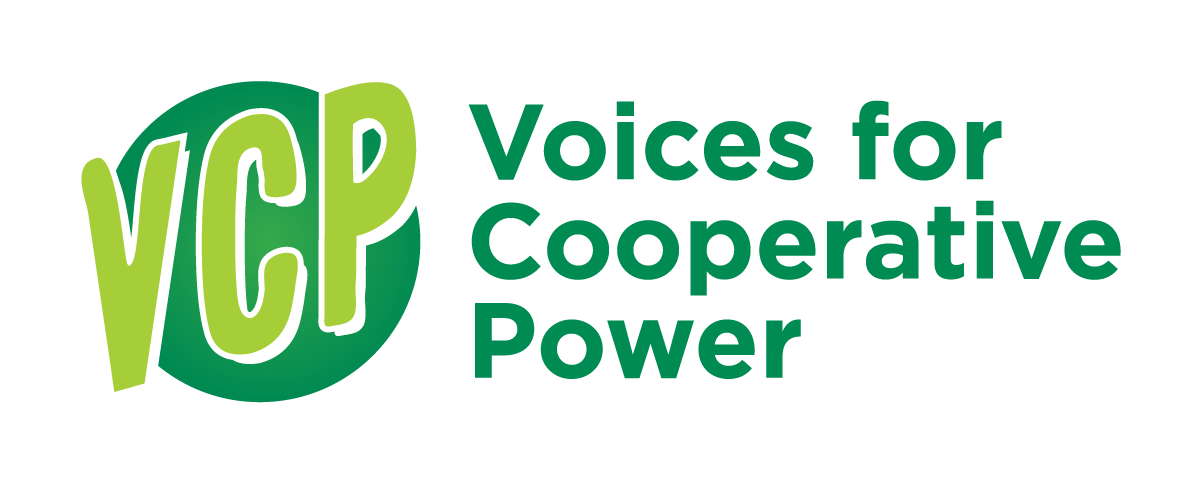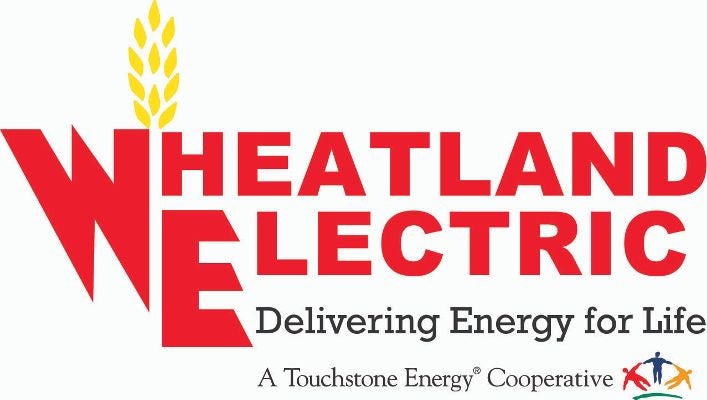A nearly invisible ecosystem — one of the most precious systems on our planet — is increasingly in danger.
We’re talking about the birds, bats, bees, butterflies, beetles and other small insects and mammals that pollinate plants and are responsible for bringing us one out of every three bites of our food, according to pollination experts.
These pollinating animals travel from plant to plant carrying pollen on their bodies in a vital interaction that allows the transfer of genetic material critical to the reproductive system of most flowering plants.
In fact, these are the same plants that bring us fruits, vegetables and nuts, supply half of the world’s fibers, oils, and other raw materials, prevent soil erosion, and increase the Earth’s ability to sequester carbon.
But what can a small electric co-op in Kansas do in the wake of such a global problem? At Wheatland, we believe every journey begins with one step, and in that spirit, we began planting a small, experimental test habitat for butterflies, bees, and other pollinators last spring (2021) at our Garden City office, 2005 W. Fulton Street.
The habitat did not look like much last year, but in a single growing season, we’ve seen a variety of wildflowers and grasses sprout to attract native pollinators that migrate across our region, including the monarch butterfly! Some of these wildflowers include the common milkweed, purple prairie clover, brown and black-eyed Susan, and many more.
Along with the desired blooms are the not-so-desired weeds — kochia, pigweed and nutsedge, to name a few — that must constantly be plucked and sprayed to make room for the pollinating plants.
Why all the trouble for a small plot and the few pollinators it will serve?
For one, our efforts are part of a larger movement of pollinator gardens across North America to serve the migrations of insects and other wildlife. Second, as a cooperative, concern for community — including our natural world — is one of our guiding principles.
Planting pollinator gardens like this can make a significant contribution to restoring habitat for these special creatures that help keep our food web intact, sustain our ecosystems, and assist in the production of our natural resources.
Though our habitat is still in its very early stages — the plot may take three to four years to reach its full potential — its development is ahead of the growth curve.
As we continue to plant, pluck, cultivate, and burn (an important piece of the growth cycle that allows for new and existing growth), we look forward to sharing our progress with you!
Follow us on social media, visit our website, and read our monthly Kansas Country Living for continued updates and progress.




